51 Scrum Master Interview Questions You Can Crack With A Bootcamp
Organizations are realizing the benefits of adopting agile methodologies. Also, as per the report published by CollabNet VerisionOne 12th Annual State of agile report, 56% of the respondent organizations use scrum methodologies for their agile implementation.
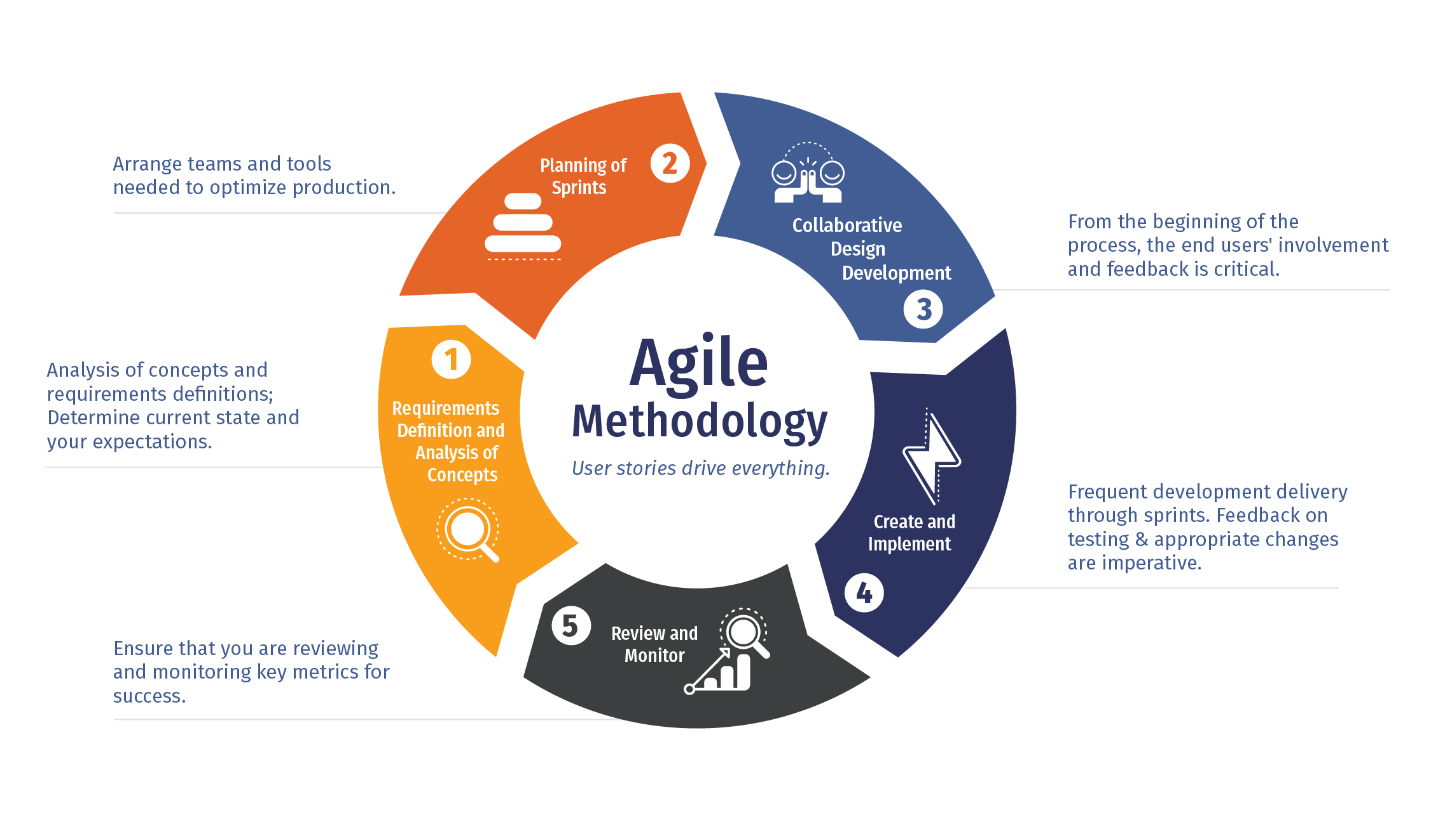
Source: nvisia
This shows that the Scrum Framework is becoming the choice of teams for implementing the agile methodology. And it is the Scrum Master who ensures that the team aligns to the Scrum Framework and ensures team success.
Given the growth and popularity of the Scrum framework, it is no brainer that the demand for Scrum Masters is unprecedently growing. The Scrum Master role is found at the #10 position in the LinkedIn’s release of the Most Promising Jobs of 2019. According to the report, the median base salary of the role is US $103,000 and it has a year-over-year job growth of 2,000+. Scrum Masters with formal Scrum training and agile certifications have higher salaries than those without.
So, if you were slightly confused about the Scrum Master role as your career, by now you should be clear about your decision. So, why wait, start preparing for your Scrum Master interview with these frequently asked Scrum Master Interview Questions and Answers.
Top 51 Scrum Master Interview Questions and Answers
Here are a few frequently asked questions that will help you prepare for your job interview:
1. Who are Scrum Masters and what are they responsible for?
The Scrum Masters are responsible for supporting and promoting Scrum. They assist their team in meeting their goals. They help to manage project risks and mentor the team as a coach. The Scrum Masters are also known as servant leaders, as they provide collaboration and motivate their team to deliver their best.

Source: Digital Varys
2. What is a "user story" in Scrum?
A user story is a tool used in Agile software development that captures the description of a feature from an end-user perspective. It describes, among others, the type of users and their motivations. A user story creates a simplified description of a user's requirements.
3. What are the three main artifacts of the Scrum process?
The artifacts of Scrum are:
- Product Backlog
- Sprint Backlog
- Product Increment
4. What do you understand by the term Scrum Sprint? What is its duration?
A Scrum Sprint is a repeatable cycle during which work is completed and made ready for review. The duration of the Scrum Sprint depends on the size of the project and the team working on it. Generally, it is under 30 days.
5. Describe the role of a Product Owner.
The Product Owner focuses on the success of the product, ensuring the business value of it. Their main responsibility is to identify and refine the Product Backlog items.

6. How does the Scrum Master help the Product Owner?
- Efficient Product Backlog management
- Helping the Scrum team in adopting a shared vision
- Understanding and practicing agility
- Promoting Scrum events as requested or needed
7. How does the Scrum Master serve the organization?
- Helping in Scrum adoption
- Acting as an Agile change agent
- Helping the team increasing productivity
- Ensuring the iterative incremental cycle of continuous improvement. The dot voting technique is often used for this.
- Supporting Agile leadership principles, leading to organizational transformation.
8. Why is Agile methodology necessary?
- It helps in achieving customer satisfaction with the rapid delivery of useful software
- It eases potential changing requirements, even late in a company's development
- Repeatedly delivers working software, the main measurement of progress
- It provides close, daily cooperation between the company and the developers
- Having self-organizing teams brings, as a result, self-motivated team members
- In situations of co-location, it assists communication through face-to-face conversations
- It offers continuous attention to XP
- It adds simplicity
9. What is Scrum?
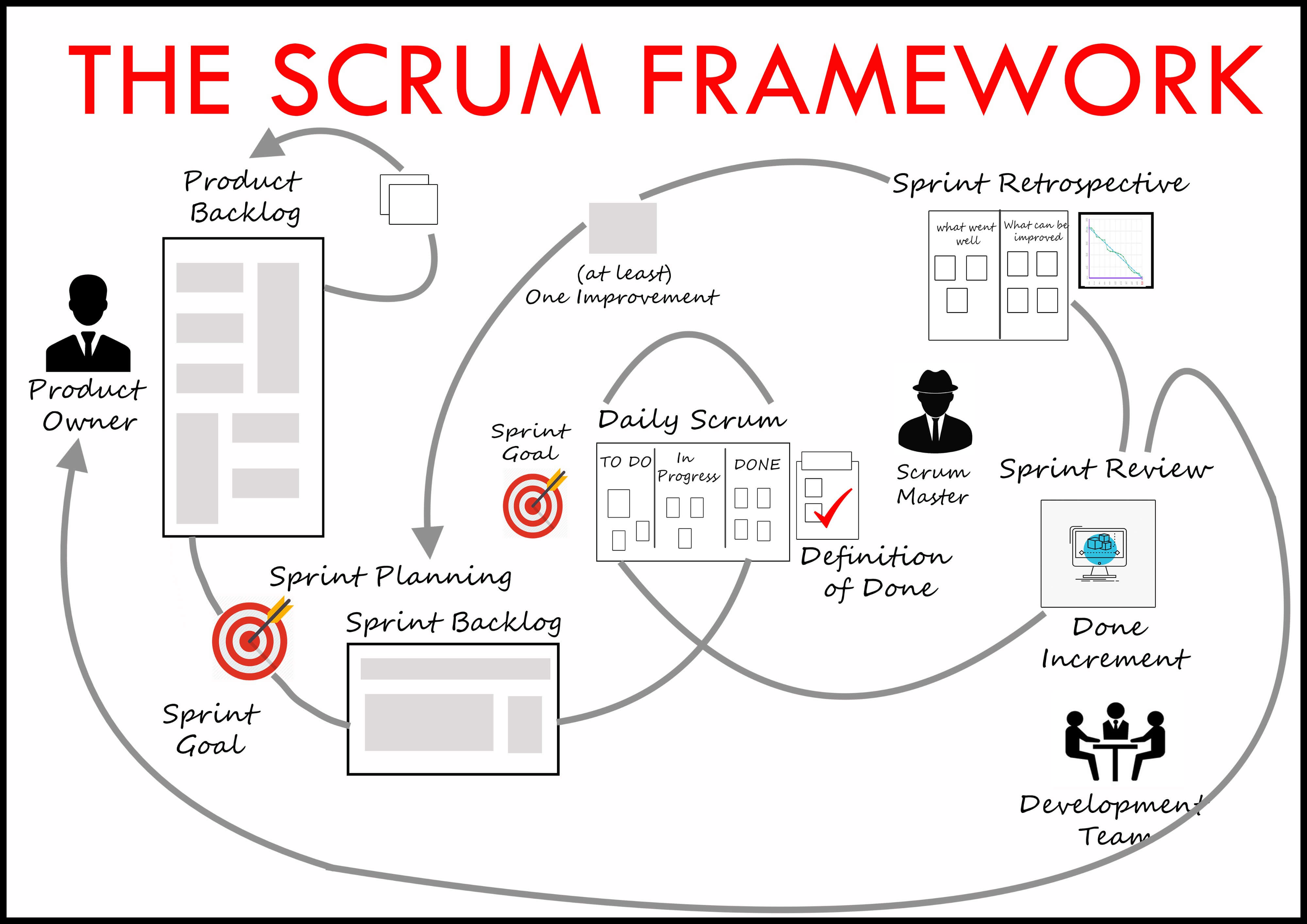
Source: Medium
- Scrum is a processed framework meant to help teams develop projects in an iterative, incremental manner. The process is organized in cycles of work called Sprints.
- These cycles do not last more than four weeks each (usually two weeks), and they are timeboxed. This means they end on a specific date whether the work has been completed or not. They are never extended.
- At the beginning of each Sprint, the team chooses one of the project's tasks from a prioritized list. They agree on a common goal of what they believe they can deliver at the completion of the Sprint, something that is tangible and realistic. During the Sprint, no additional tasks should be added.
- The team meets every day to review their progress and adjust the steps needed to complete the remaining work
- At the end of the Sprint, the team reviews the work cycle with the stakeholders and shows the end product. With the feedback they get, they plan the next Sprint.
- Scrum emphasizes obtaining a working product at the completion of each Sprint. When talking about software, this means a system that is integrated, tested, end-user documented, and shippable.
10. What are the five phases of risk management?
- Risk identification
- Risk categorization
- Risk response
- Risk review
- Risk closure
11. What are the main tools used in a Scrum project?
- JIRA
- Rally
- Version One
12. How can a Scrum Master track the progress of a Sprint?
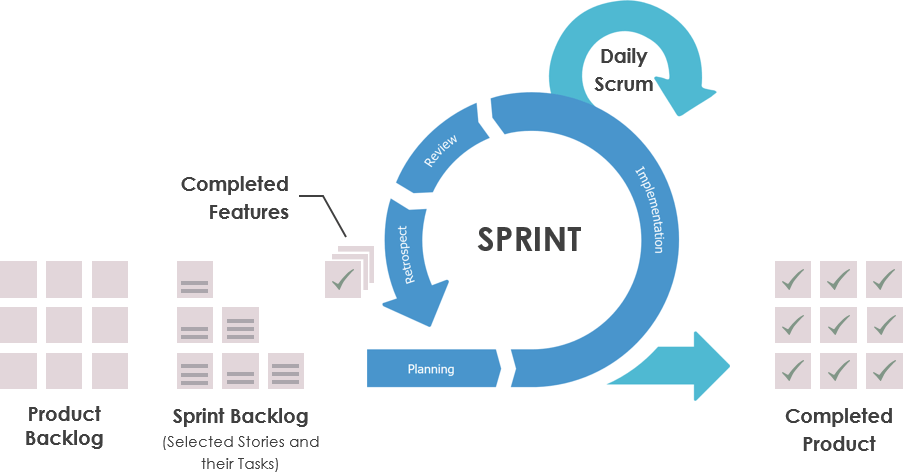
Source: Rolling into Agile
Scrum Masters can track the Sprint progress by using the burndown chart. The vertical axis shows the amount of work remaining while the horizontal one shows the number of Sprints.
13. What is timeboxing in Scrum?
Timeboxing means allotting a fixed unit of time for an activity. The unit of time is called a time box. The maximum length of a time box should be 15 minutes.
14. Is cancelling a Sprint possible? Who can cancel a Sprint?
A Sprint can be cancelled before the Sprint timebox limit ends. Only the Product Owner can cancel the sprint.
15. How is the estimation in a Scrum project done? What are the techniques used for estimation?
Estimation in a Scrum project is done using relative Agile estimation techniques:
- The T-shirt Estimation Technique
- The Planning Poker Estimation Technique
- The Estimation by Analogy Technique
- The Disaggregation Estimation Technique
16. What are the roles involved in the Scrum framework?
A Scrum framework has three roles:
- Scrum Master
- Product Owner
- Development team
17. What is the difference between change management in a Waterfall and an Agile Scrum?
In Waterfall, change management is based on the change management plan, the change tracker and the release plan based on which the consultants deliver their work.
In Agile, there is no change management plan. The work delivery is only based on the definition of the product backlog.
18. What is the purpose of a daily Scrum?
The daily Scrum meeting is for the team. It helps them self-organize towards their sprint commitment and set the context for the next day’s work.
19. What do you understand by the term scope creep? How do you prevent it from happening?
If the requirements are not properly defined at the start and new features are added to the product already being built, a scope creep occurs. To prevent it:
- The requirements must be clearly specified
- The project progress must be monitored
- Effective grooming of sprint backlog must be done
20. What are the most common risks in a Scrum project?
- A scope creep
- Timeline issues
- Budget issues
21. What do you understand by Minimum Viable Product (MVP) in Scrum?
An MVP is a product with the minimum required features to be shown to the stakeholders and be eligible to ship for production.
22. What is the major advantage of using Scrum?
Early feedback, as well as the production of the Minimal Viable Product to the stakeholders, would be the main advantages of using it.
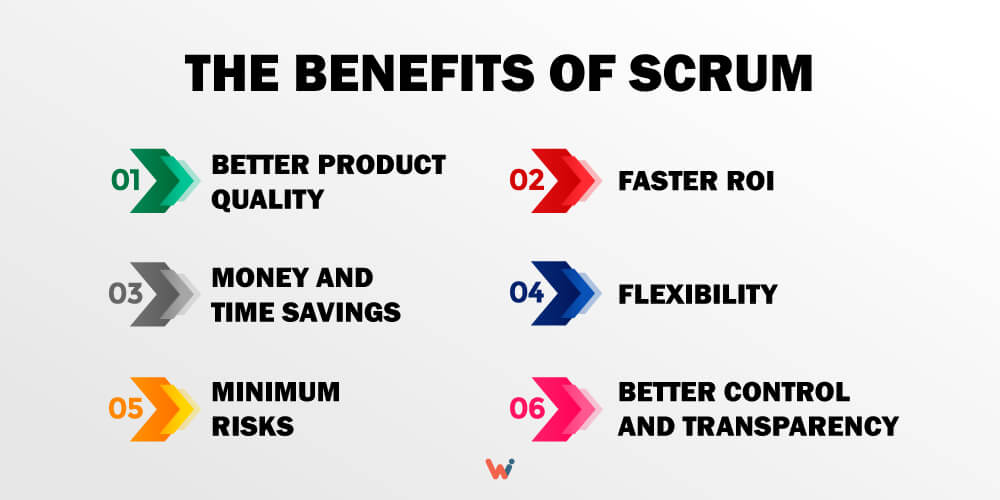
Source: WishDesk
23. What does DoD mean? How can this be achieved?
Definition of Done is formed by a list of tasks that define the work's quality. It is used to decide whether an activity from the Sprint backlog is completed.
24. What is the term velocity in Scrum?
Velocity calculates the total effort the team has put into a Sprint. The number is obtained by adding all the story points from the previous Sprint. It is a guideline for the team to understand the number of stories they can do in a Sprint.
25. List out the disadvantages of Scrum.
- Daily Scrum meetings require frequent reviews and substantial resources
- A successful project relies on the maturity and dedication of the whole team
- The uncertainty of the product, the changes, and frequent product delivery remain present during the Scrum cycle
- It depends on significant change
26. What is the nature of the communication between Scrum Master and product owner?
Collabnet says, “The product owner is responsible for communicating the vision of the product to the development team. The Scrum Master acts as a liaison between the product owner and the team.”
Though the tasks of a product owner and that of a Scrum Master may be worlds apart, some of their delegated responsibilities may overlap. The key to becoming a successful Scrum team is through open and transparent communication. Both Scrum Master and product owner need to act as servant leaders; they work reciprocally without being authoritative. They need to be as collaborative as possible in terms of coaching the team on agility.
27. How would you instill an Agile mindset and approach across departments?
While a typical waterfall work environment focuses on the end product, Agile environments compartmentalize projects into individual tasks with realistic timelines. This maximizes productivity and quality.
Here are some ways in which you can instill an Agile mindset:
- A Scrum Master needs to discuss the idea of the outcome of projects with the team members. All performance metrics need to be defined and communicated to stakeholders.
- Regular engagement with customers is necessary to further the sense of shared ownership.
- Team members should be involved in all processes to gradually facilitate the shift to an Agile environment.
- Make flexible strategies that can be changed based on situations.
28. What does INVEST stand for?
INVEST is a criteria or checklist that is used in an Agile environment to measure the quality of a user story. User stories are central to Agile development; they help developers create product increments. It is an acronym for Independent, Negotiable, Valuable, Estimable, Small, Testable. A user story that does not meet any of these criteria is reworded or discarded.
29. Who should take part in a sprint retrospective?
The sprint retrospective is a safe place in which team members can share their opinions on various aspects of the project and share their insights on areas of development. The entire Scrum team (the Scrum Master, the product owner, and the development team) is expected to attend this meeting.
Who should not attend the sprint retrospective? People with positional authority or agendas, and outsiders/guests are believed to adversely affect the quality of the meeting. However, a Scrum team gets to decide who attends the meeting.
30. Who writes a user story?
Anybody in a Scrum team can write a user story. During the early stages of the development lifecycle, the team discusses product requirements and expresses them using user stories. By involving team members in the writing process, they get to connect well with the requirements.
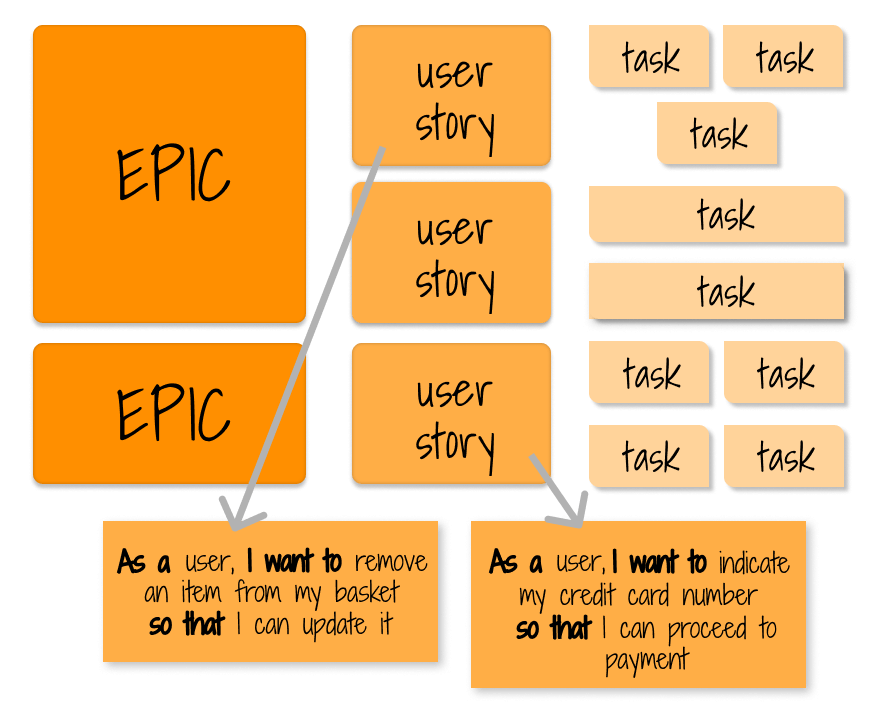
Source: tuleap
31. What are the elements of a good user story?
The following are the elements in a good user story:
- A description
- Defined acceptance criteria
- Performance criteria
- Tracking criteria
- Dependencies
- All deliverables that pertain to UI (user interface)
32. When should a Scrum Master not act as a facilitator?
A Scrum Master often acts as a facilitator who holds the team together to produce the best results. In workshops that focus on Scrum processes, a Scrum Master don’t need to act as the facilitator. However, in product development workshops, a Scrum Master may work in facilitating capacities.
33. Should the Scrum Master be present at the daily Scrum?
This is one of the most common Scrum interview questions. Daily Scrum helps the members of the development team measure their progress. A Scrum Master does not necessarily have to be at the daily Scrum. But, he or she definitely needs to make sure that the development team holds daily Scrum meetings.
34. How to keep boredom at bay during sprint retrospectives?
If a sprint retrospective is uninspiring, it is natural for team members to feel bored. Here are some tips to tackle boredom:
- Alter the format and location of the meeting
- Change the timebox
- Encourage teams to choose action items for discussion
- Create engagement
- Acknowledge whenever necessary
35. How would you follow up on action items?
Action items are one of the many outcomes of sprint retrospectives. Here is how you can follow up on action items:
- Open the compiled list of action items and their owners
- Add the progress of each action item
- Add newly-identified action items
36. Are user stories estimated in person-hours?
User stories are not estimated in person-hours. A user story is estimated to create a thorough, shared understanding of upcoming tasks. By using person hours, the estimation process is rendered useless. It takes the focus away from the original purpose of user story estimation.
37. What metrics should you use to measure the value of a user story?
The following are the metrics used to measure the value of user stories:
- Increase in revenue
- Increase in the rate of customer satisfaction
- Increase in sign-ups
- Increase in cost-cutting through the improvement of processes
- Increase in positive customer response
38. How does a Scrum Master contribute to sprint planning?
Questions such as this constitute some major Scrum interview questions. A sprint planning meeting is one of the most important Scrum ceremonies in which a Scrum team discusses what needs to be delivered in each sprint. The meeting creates a structure, sets deadlines, and defines backlogs.
Scrum Master is the role responsible for facilitating the sprint planning meeting. He or she ensures that the team gets a meeting room, adequate supplies, and technical support. The Scrum Master should also timebox the sprint planning meeting based on the sprint length.
39. If a Scrum team member thinks sprint planning is a waste of time, how would you deal with him or her?
Situational problems are some of the most popular types of Scrum interview questions. Sprint planning meetings are critical to the smooth running of a Scrum team. If a team member finds them pointless, the first step is to understand why they feel that way. Pose descriptive questions about why they think they can do without these important meetings. Help them understand that each Scrum team member is a lynchpin that holds the whole team together. Try to explain to them why their withdrawal from meetings can derail their efforts.
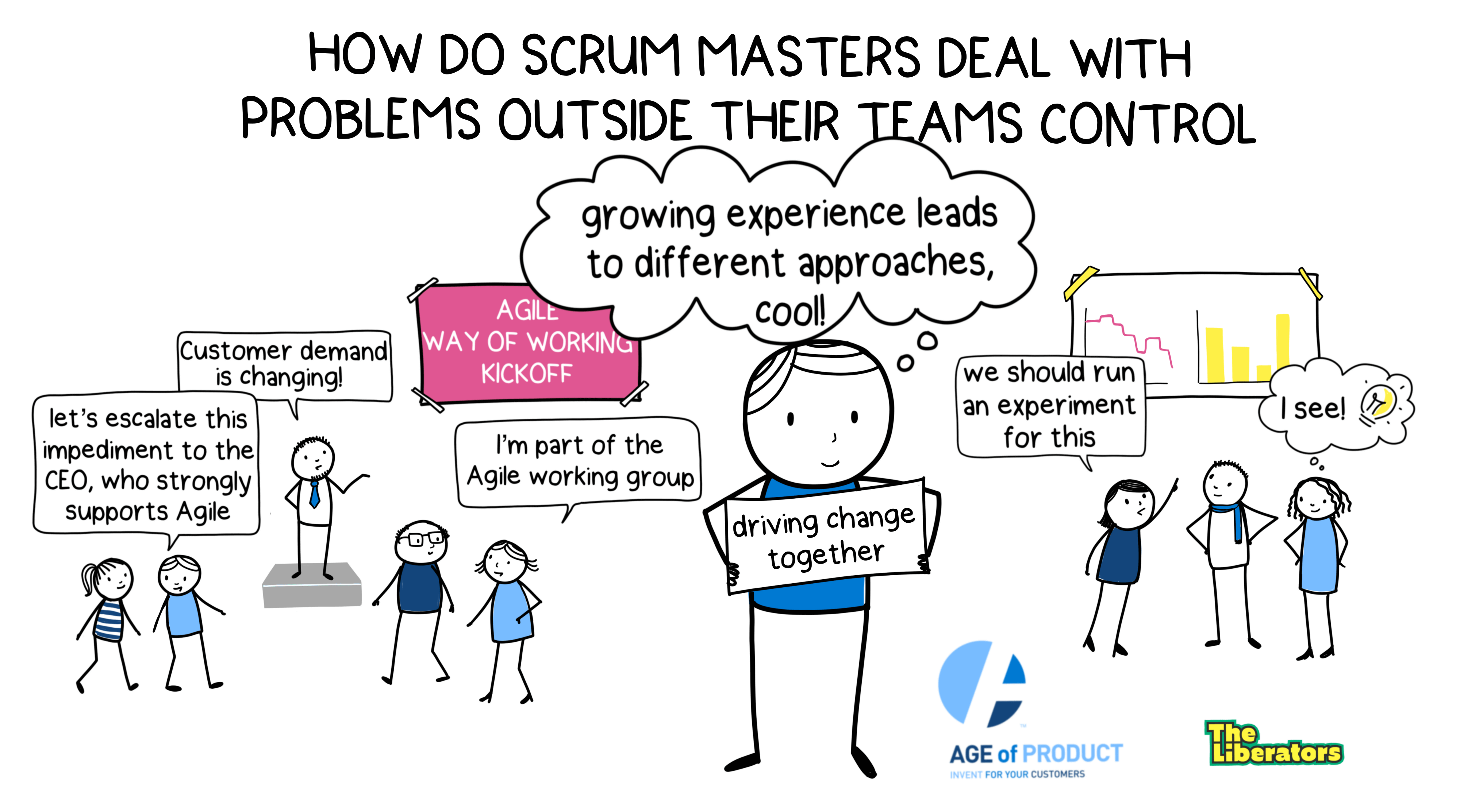
Source: Medium
40. What are some challenges a Scrum Master is likely to encounter?
This important Scrum interview question evaluates your understanding of the role.
The following are some of the common challenges faced by Scrum Masters:
- The team may not be completely familiar with Agile principles and Scrum methodology.
- All events need to be timeboxed.
- Apart from the primary responsibilities, a Scrum Master needs to schedule meetings and events, invite people to various scrum ceremonies, and more.
- Different requirements come from different managers regarding business value, productivity, results, statistics, and of course, success.
41. How can you identify your areas of improvement as a Scrum Master?
This is one of the most important Scrum interview questions. Consistently communicate with your Scrum team about what they expect from you. Ask them where you can improve. Run a special sprint retrospective on yourself. Ask the team what they think your shortcomings are.
42. How should you motivate stakeholders to attend the daily Scrum?
One of the Agile principles mandates that stakeholders and developers put their heads together throughout all projects to ensure success. A Scrum Master should always volunteer to invite stakeholders to attend the daily Scrum meetings; they need to be convinced that attending the meeting is productive and worth their time. Joining the daily Scrum meeting will help stakeholders stay up-to-date on all processes and stay in the loop. They can also adjust their expectations accordingly.
43. How can you explain a Scrum Master’s role in daily Scrum?
Though the development team holds the responsibility for organizing daily Scrum, Scrum Masters make sure that these meetings take place according to the schedule. He or she also ensures that no team member disrupts the meeting.
44. Should tasks be assigned to individual members in the development team by a product owner?
In a Scrum team, developers are always expected to be self-organizing. A product owner should not be encouraged to assign individual tasks to the members in the development team. A Scrum Master should help product owners understand that the delegation of tasks is the responsibility of the team members.
45. Should velocity be maximized for maximum productivity?
Velocity refers to the actual amount of work a Scrum team can finish in a given sprint. But, it is not ideal to consider velocity a metric. Instead, it should only be used as a reference for making informed decisions in the future.
A Scrum Master’s ultimate responsibility is to minimize waste and increase value. Aligning his or her aspirations with that of the team will help a Scrum Master achieve great velocity.
46. What is a Scrum burndown chart?
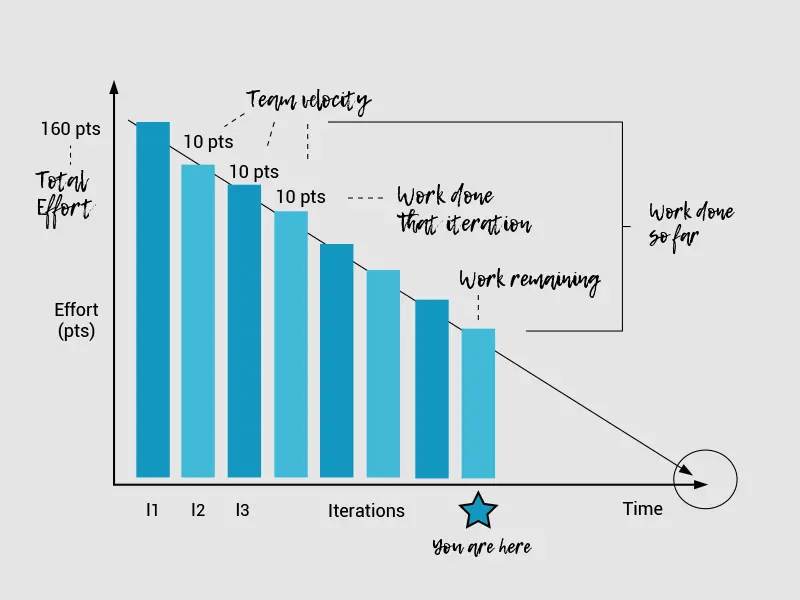
Source: ADAPT Methodology
A burndown chart is a visual representation of incomplete tasks. It usually is used to predict a timeline for all works that still need to be completed. It is the responsibility of the development team to update the burndown chart with incomplete tasks during the daily Scrum. It helps them keep track of the project’s scope creep.
47. How should you define a release candidate?
A release candidate is a functional software or program that is not yet ready to be released into the market for consumption. It is often called a preview of the software. The primary focus of the release candidate is on the functionality, security, codes, and quality. A release candidate may or may not have certain glitches that need to be tended to before the release.
48. How do you define a story point in Scrum?
Story points are units of measure that are used to express the estimate of efforts needed to execute a product backlog item or any other tasks. Story points are assigned based on the following factors:
- Amount of work
- Uncertainties/risks
- The complexity of the work
49. As a Scrum Master, what are some factors to take care of while managing remote teams?
While managing remote Scrum teams, a Scrum Master should take care of the following:
- Always deliver engaging, relevant information
- Always be accessible to all team members
- Facilitate collaboration and sharing
- Use online communication tools effectively
- Avoid over-communicating your decisions
50. What tools are used to handle Scrum projects?
The following are important tools used in scrum:
- Jira
- ClickUp
- VivifyScrum
- QuickScrum
- Targetprocess
- Scrumwise
- Yodiz
- nTask
51. Can a sprint be cancelled? If yes, who holds the authority to do so?
If a sprint goal becomes irrelevant, a sprint can be cancelled. A product owner is the only Scrum team member who is authorized to cancel a sprint.
Important Tips for Interview Preparation
- Review the most commonly asked questions, listed above.
- Do some previous research on the company.
- Find a way to develop a connection with the interviewer.
- Be positive and be confident.
- End the interview on a positive note.
So, all you need to crack your interview is a broader understanding of the role of Scrum Master, agile methods and concepts that Scrum Framework embodies. In addition to this getting a Scrum Master certification from a recognized brand would add value to your résumé. GreyCampus is a leading provider of professional certification courses, helping experts build a strong base on Scrum practices and its development.
There are many questions during an interview that do not have a right or wrong answer. It all depends on each organization and the applicant's perspective when resolving the situation. Hence, one should also be prepared for general questions as well.
Want To Become A Certified ScrumMaster®? Sign Up for a Bootcamp Now!